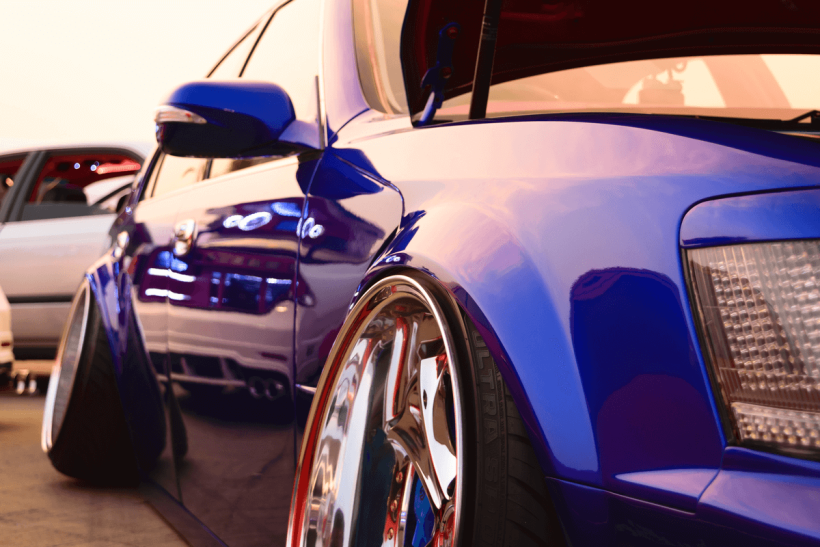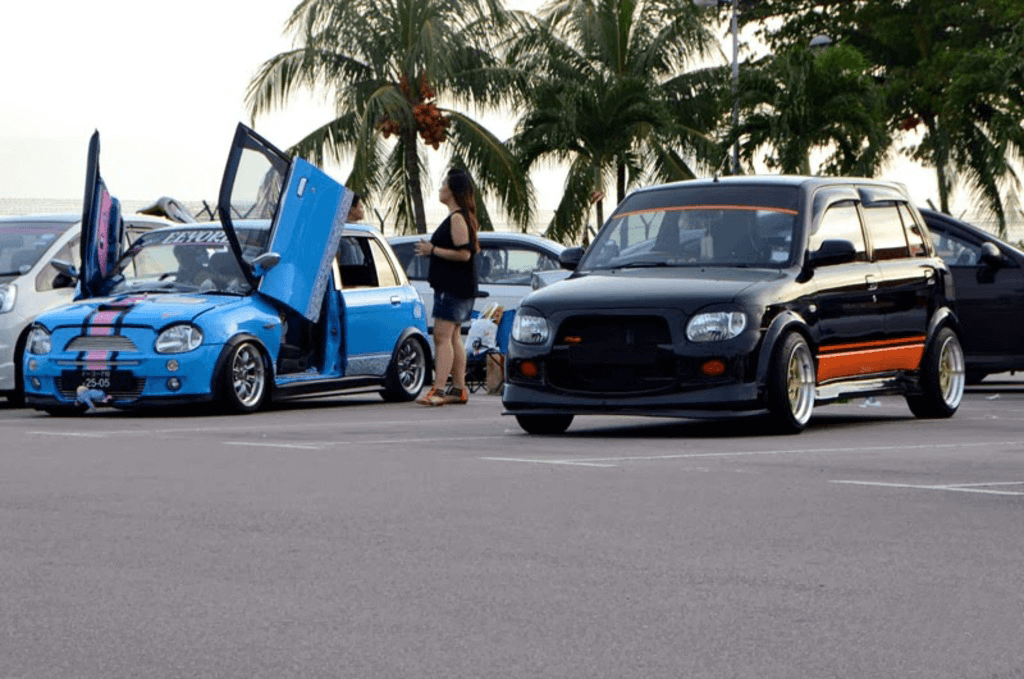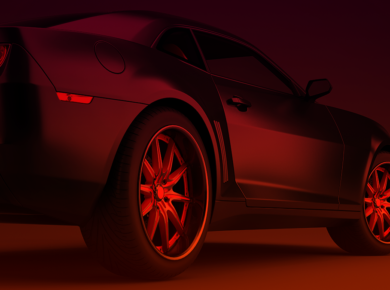The stance automotive style is a popular trend among car enthusiasts that originates in Japanese car culture. This style of customization involves lowering the ride height of the vehicle and fitting it with large wheels and tires that protrude from the car’s body.
While the stance vehicle customization is commonly associated with Japanese cars, it has spread globally and is now evident in all types of cars from various manufacturers. The trend has grown in popularity, and it is not uncommon to see cars modified in this way at car meets and shows globally, showcasing the innovation and creativity of the car enthusiast community. With Salvagebid, let’s review the main features of stanced cars in detail and find out why such vehicles have gained popularity.
Distinctive Features of the Stance Automotive Style
The lowered ride height of the stanced vehicle is achieved by either lowering the suspension or using air suspension. Lowering the suspension involves replacing the factory suspension springs with a lower and stiffer aftermarket set of springs. On the other hand, air suspension allows the driver to adjust the ride height of the vehicle at will, providing an impressive range of adjustability.
There are a few rules to keep in mind when creating a stance-style tuning car. The rims must be selected for maximum reach so that they extend beyond the arches. The tires should be “stretched” in a triangle, that is, to create the illusion that the tires are not matched to size. Still, lovers of stance tuning often install the legendary BBS wheels, although you can put absolutely any that you like.
The wheels that are commonly used in stanced vehicles are larger than the factory size, often measuring 18 inches (ca. 46 cm) in diameter or more. The wheels are usually paired with low-profile tires that provide a thin sidewall for a cleaner and more aggressive look. This combination not only enhances the aesthetic appeal of the car but also improves handling and driving dynamics.
The stance automotive style emphasizes perfect wheel fitment, which refers to the relationship between the wheel and tire sizes. The wheel should be flush with the fender or slightly recessed. This aesthetic is achieved through meticulous measuring, calculations, and adjustments.
One key element of the stance automotive style is the use of negative camber. In a typical car, the wheels are set up with positive camber to ensure that the car remains stable while turning. In contrast, negative camber angles the wheels inward toward the chassis, giving the car a more aggressive look, improving handling, and also allowing for wider wheel fitment.
The stance automotive style modifications are not just restricted to the exterior of the car. The interior can also be enhanced by adding modifications such as custom seats, steering wheels, shifter knobs, or unique gauge clusters that complement the overall theme of the vehicle.
Differences Between Lowride and Stance Vehicle Customization
Many car enthusiasts confuse lowride and stance vehicle customization. However, there are features that distinguish them. Here are some key differences between the lowrider and stance automobile styles:
- Origin. Lowriding originated in the United States among Mexican-American communities in the 1940s and 1950s, while stancing originated in Japan in the 1980s.
- Suspension. Lowriders lower their suspension to achieve a low-to-the-ground look and a smooth ride, while stance cars often modify their suspension to create an aggressive, low, and wide stance.
- Wheel fitment. Stance cars typically have wider wheels, lower offsets, and stretched tires to achieve a desired look, while lowriders usually opt for wire-spoke wheels with whitewall tires.
- Bodywork. Lowriders typically feature custom paint jobs and intricate bodywork, while stance-customized cars typically focus on the stance and wheel fitment with minimal modifications to the bodywork.
- Culture. Lowriding has a strong cultural identity with a focus on community and tradition, while stanced vehicles are frequently associated with the stance and fitment culture, which is more focused on aesthetics and style.
- Purpose. Lowriders prioritize a smooth ride and often participate in cruising events and car shows, while stance cars prioritize visual impact and may be more oriented towards stance and fitment competitions.
Overall, while there are some similarities between lowride and stance vehicle customizations, the two tuning styles have distinct characteristics and cultural identities that set them apart.
In Conclusion
The stance automotive style is a unique way of modifying cars that has gained immense popularity worldwide. The tuning is characterized by a lowered ride height, large wheels and tires, and the perfect wheel fitment. This style of vehicle customization is not only aesthetic but also improves the car’s performance, driving dynamics, and handling. As the trend continues to spread, it is exciting to see what unique and innovative modifications will be created by car enthusiasts in the coming years.
We at Salvagebid can offer you affordable vehicles with minor damage for its further customization. All you need to do is to register on our website by providing some basic information. You can also use your Facebook or Google accounts. We also invite you to contact us if you have any questions concerning online auto auctions. To reach us, call: +1 (360) 347-1300 from 7 a.m. to 4 p.m. (Pacific Time) Monday through Friday, or email: support@salvagebid.com.








